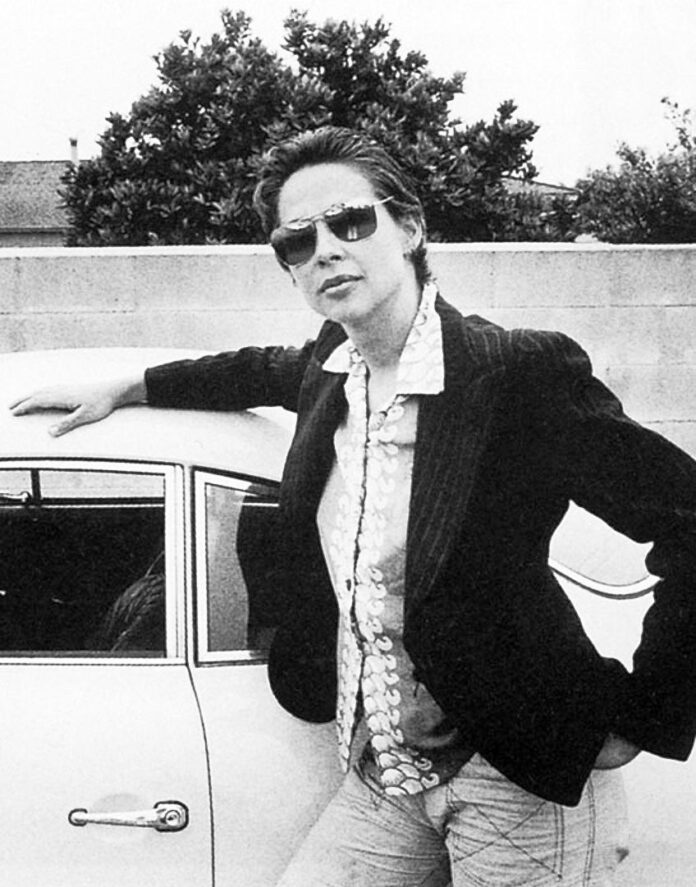The long tradition of male artists took its biggest hit in the 1970s. Creativity was no longer held back by the dominance of its male creators. The main representatives of the 70s art styles identified and reflected problems with the concept of the transitory.
Creative manufacturing has expanded beyond the New York City capital to take a fresh look at the environment. Artistic creativity has branched out in several directions. They are California art, Latin American art, and even distant Japanese art.
The bodies of famous artists of the 70s served as the new canvas due to their strong desire and need to break away from traditional canvas production.
Performance, the 70s art style distinct from the theater, flourished. The same thing happened during the concept study of the processed image. The 1970s took such research even further, giving rise to a generation of images.
This was the time when the phrase “modern art” was coined, sometimes referred to as “postmodern art”. Much of the credit for this period of change go to the hippie culture and student demonstrations of 1968. They championed the most suggestive ideas.
Feminist art shook the very foundation on which art stood. This direction required a change in the definition of the subject and gave an idea of the female content.
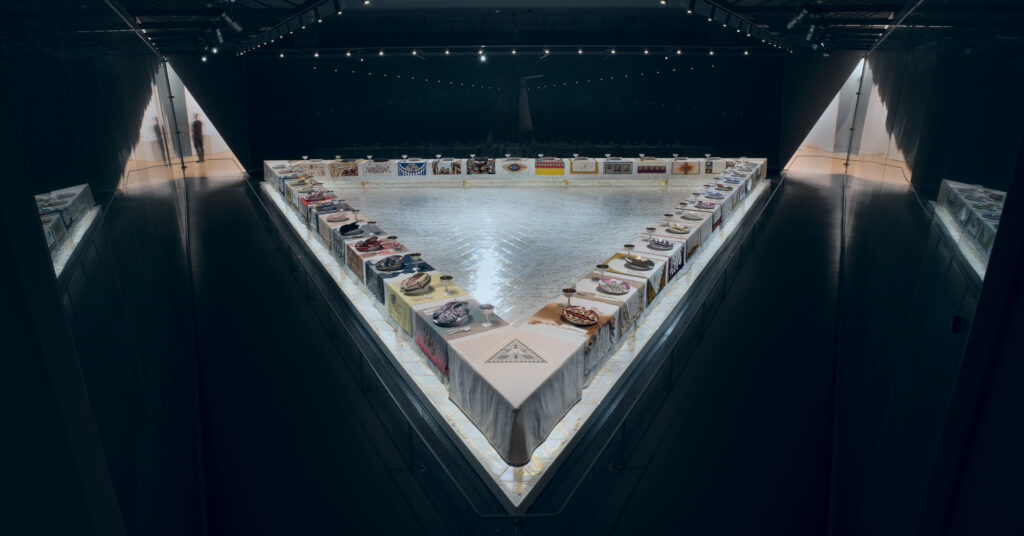
While feminist art raised a never-before-seen preoccupation with political issues, identity, and gender norms, the production of the 1970s expanded the role of the author even further.
What are the most important 70s art styles?
Land Art
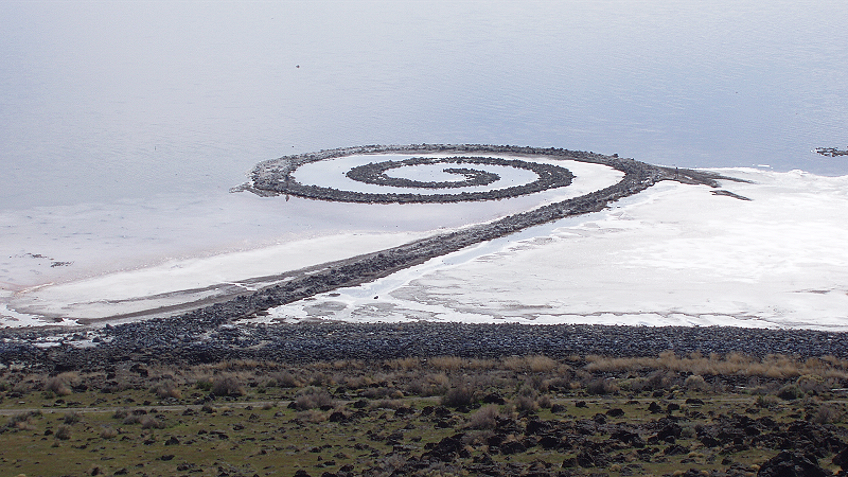
The connection with nature and its significance in the works of various authors dates back to the dawn of time. With the advent of land art, nature has become more than just a backdrop. This has become another surface into which creative people have immersed the problems of creating formal art.
Robert Smithson’s Spiral Jetty stone structure, implanted in a salt lake in Utah in 1970, not only changed the look of art, but also its relationship to traditional exhibition settings and the marketplace.
Feminist Art
Feminist art, as the 70s art style, has come a long way amid the intensity of anti-war rallies, civil and LGBT rights action, and the advent of the women’s liberation movement. Feminist artists tried to create a dialogue between the audience and the work using a female point of view.
Feminist artists have expanded the visual arts picture with provocative works such as The Dinner Party in Chicago, Barbara Kruger’s follow-up text statements, prejudice-defying photos of Cindy Sherman, or an Artforum ad showing Linda Benglis naked and holding a huge sex doll. toy.
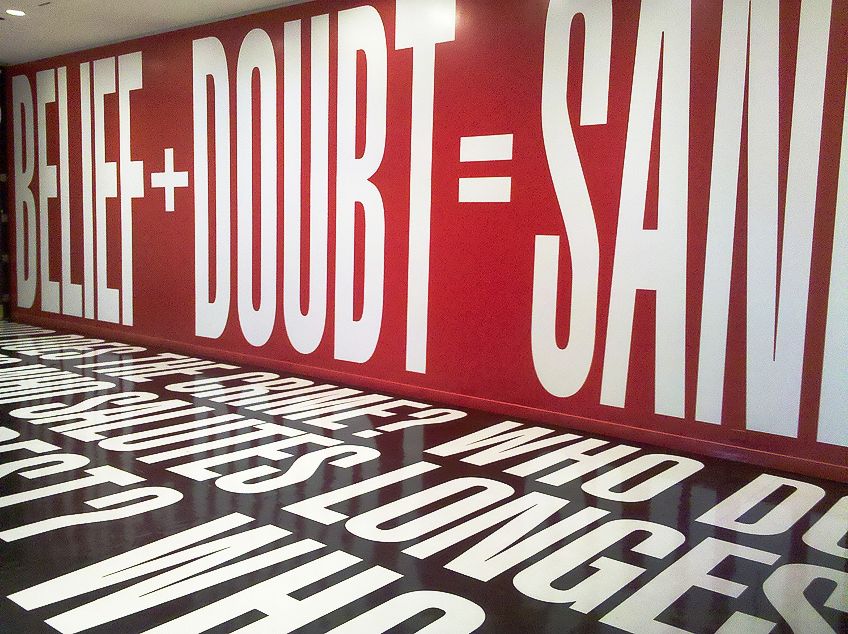
Gutai Art
Although this Japanese conceptual movement was founded in 1954 and lasted until the 1980s, Gutai Art was one of the most popular 70s art styles. The combination of the words gu, which means “instrument” and tai, which means “body”, best illustrates the output concentration, in which the artist’s body was in the center and was the main instrument.
Kazuo Shiraga, for example, created his canvases using only his feet.
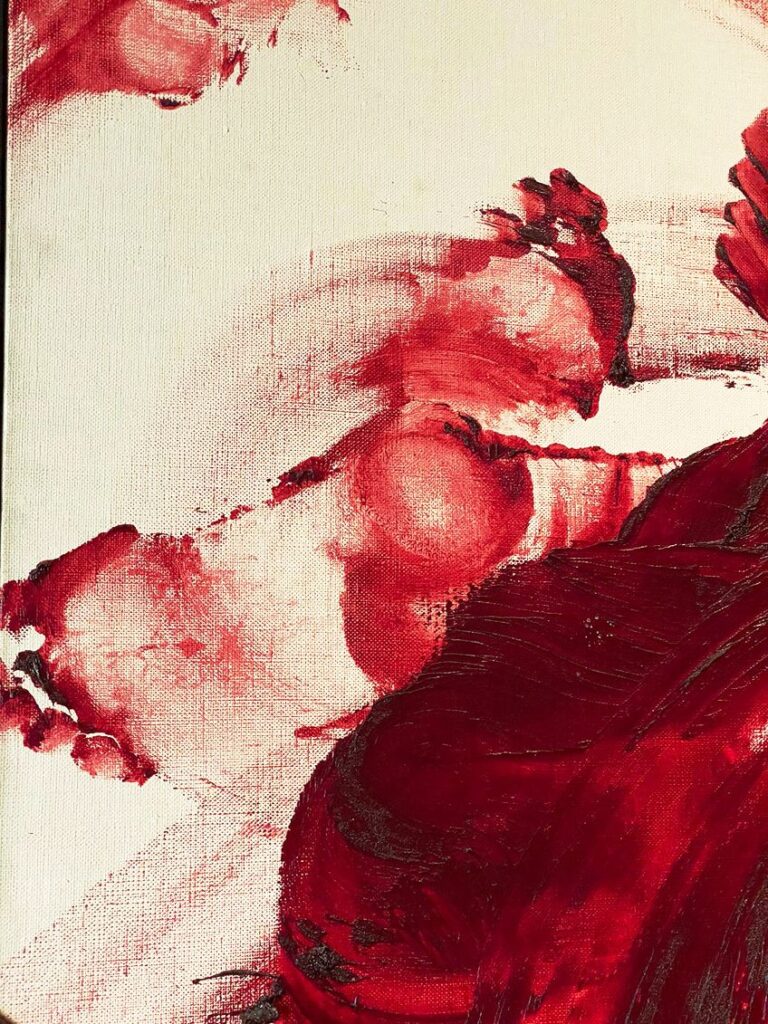
Performance Art
The performance, as the 70s art style was tougher, completely destroying traditional ideas about time, space, place, and theme. Marina Abramović was truly a pioneer in incorporating the element of stamina. Abramovich’s Rhythm O was inspired by Yoko Ono’s Cut Piece, which was originally performed in 1964 and pushed her body to the max, commenting on the injustice women faced.
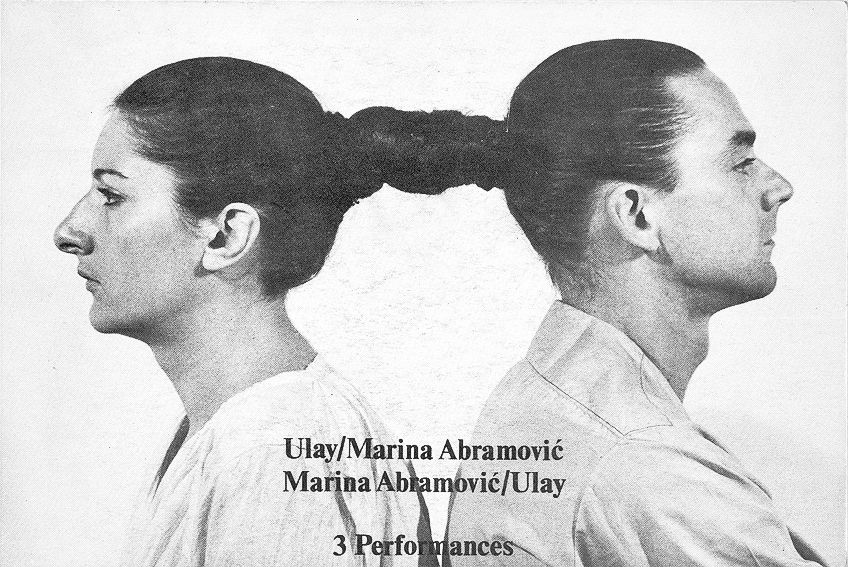
1970s Abstract Art
In the 1970s, abstract art in the United Kingdom was in constant flux. At least that’s how it seemed to some. If it became a hegemon in the 1960s, then this unique position fell into decay. In the field of painting in the 1970s, figuration was resurgent, while outside of it, performance and conceptual art quickly became the most prominent art forms, contributing to the stagnation of abstract art in the 1970s.
During this breakthrough period, the tradition of male artists was dealt its most severe blow as creativity was no longer held back by the dominance of its male inventors. Major figures of 70s art styles revealed and commented on topics such as the body, the environment, art documentation, and the notion of the ephemeral. The concept of the artistic landscape grew as the fusion of art and life became more intertwined.






